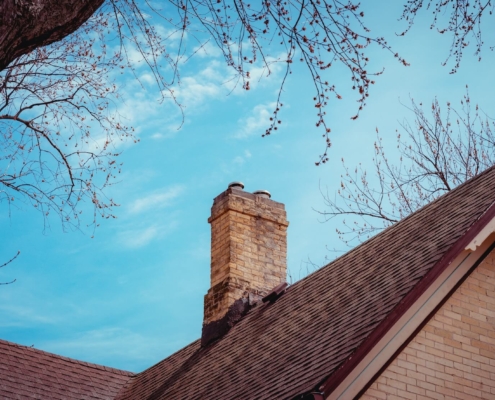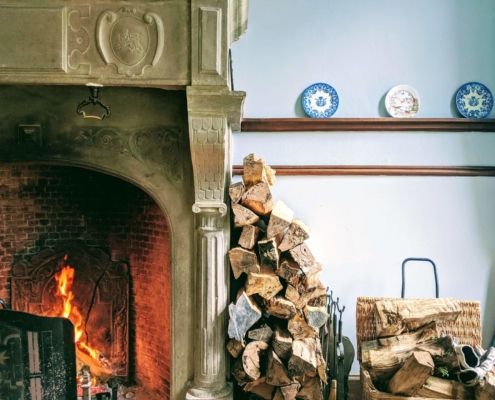Tag Archive for: Fireplace and Chimney Tips

Homebuyer Beware: Spot These 6 Signs of Chimney Damage Before You Buy
/
0 Comments
Owning a home is a dream most people have and work towards. While…

5 Tips for Preserving the Life of Your Fireplace & Chimney
Maintaining your fireplace increases heating efficiency. Here are five tips for preserving your fireplace and chimney. Read our blog to learn more!
